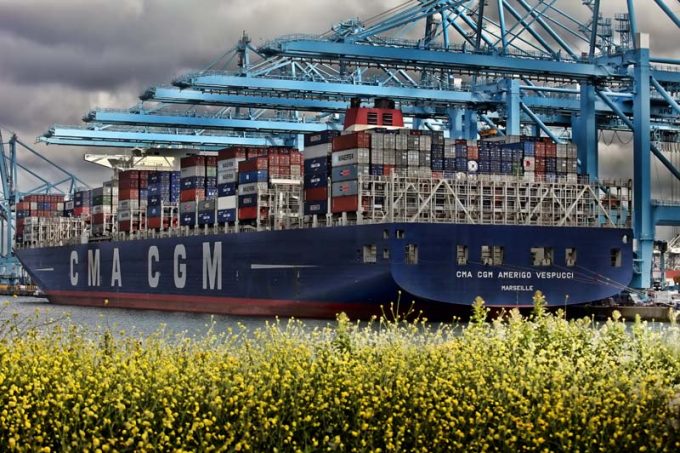CMA CGM South Korean staff strike over bonuses after bumper 2024 profit
CMA CGM’s employees in its South Korea office have gone on strike for increments and ...

With its member lines receiving a large number of newbuild ULCVs this year the addition of a seventh loop between Asia and North Europe by the Ocean Alliance was “inevitable” said Drewry.
While the 2M rival alliance has opted to accommodate six extra newbuild ULCVs into ...

Comment on this article